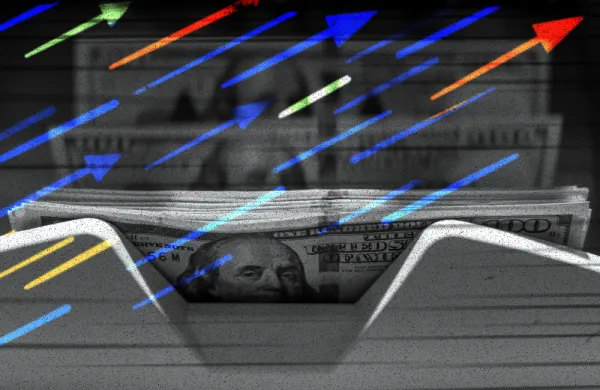You know there’s trouble in paradise when in one year 23 percent of the chief investment officers at the top 30 U.S. colleges and universities head for the exits. And that number soars to 50 percent for Ivy League schools.
Once upon a time, endowment jobs were considered a low-key way to spend the final years of an asset management career, working on a bucolic campus far from Wall Street. But over the past decade, endowment CIOs have come to face increasing pressures from boards of trustees and zealous alumni to turn in top performance for their multibillion-dollar portfolios. The result: a merry-go-round of job changes.
Search consultants, keen observers of endowment investment offices and staff, naturally stand to gain from these accelerating departures. As a group, they pin most of the blame on the challenging, low-return investment environment that yielded negative performance in the year ended June 2016 for a host of endowments, including Harvard University (2 percent), Cornell University (3.3 percent), and Dartmouth College (1.9 percent).
“Over the past ten years, the transparency around relative performance to peers has ratcheted up,” says David Barrett of David Barrett Partners. “You have a performance arms race” that has made it almost impossible for school trustees to stand idly by. Barrett recently completed a search for Harvard and is working on assignments for Dartmouth and the University of Texas.
“Because of the terrible investment climate, a lot of CIOs have been asked to leave or decided they just can’t take it anymore,” agrees Charles Skorina, head of his own eponymous search firm. “It’s long-term money but sometimes short-term impatience,” adds Debra Brown, a search consultant with Russell Reynolds Associates.
Still, Brown argues that seven years is long enough for a school to give an investment chief a chance to grow its fund. Last year in particular saw a lot of sophisticated investment thinking among CIOs, but “probably if you’d indexed all of the money, you would have done better.”
There’s a massive mismatch in reality, says George Wilbanks of Wilbanks Partners, which specializes in placing asset managers. “It’s not because people are getting dumber. Expectations are getting more difficult.”
After poor performance, additional reasons for CIO turnover are suggested by recruiters, if not universally agreed upon. Some schools, like Harvard and Cornell, have fallen into a pattern of chronic underperformance and a new CIO every few years. Some exits are natural retirements, when an investment chief is ready to move on. Examples include Kathryn Crecelius, who last summer departed Johns Hopkins University after 12 years, and Pamela Peedin, who is leaving in June after a six-year tenure at Dartmouth to spend more time with her family.
Frictions between boards of trustees and CIOs have long been a reason for a separation, although Barrett believes that “overall, good governance is improving.”
Some point to sharpening competition for talent from growing family offices that offer CIOs potentially more pleasant work environments than endowments can. The culture of these small private investment shops, dedicated to helping the rich get richer, typically includes fewer sources of interpersonal conflict, less top-down management and structure, and more opportunistic investment styles.
Amid the blur of revolving doors, the importance of longevity should not be lost. Those with decades of tenure – Yale University’s David Swensen, Scott Malpass at the University of Notre Dame, Erik Lundberg at the University of Michigan, and N.P. Narvekar, who recently left Columbia University after 14 years for Harvard – have built exceptional ten-year performance records near the 10 percent mark. It remains to be seen if standard-bearers like these will appear in the next generation of CIOs.






